
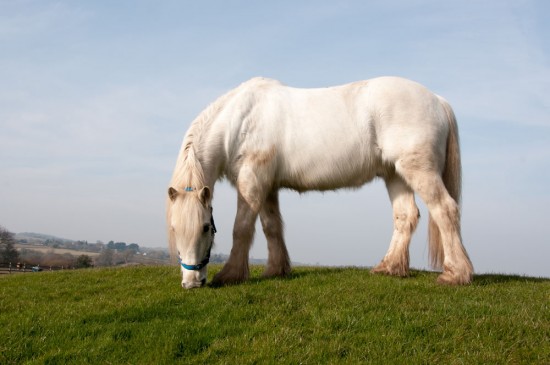
Unless you have almost limitless funds to hire professionals to advise you or perform simple pony care tasks for you in the case of an emergency, it is a good idea for all parents of prospective pony owners to gain a basic understanding of pony care, behaviour and stable management, whether you are an equine enthusiast or not!
If you can’t tell one end of a pony from the other, you will have a hard job identifying whether or not your child is taking the appropriate care of their pony, if they have everything that they need, and if there is anything amiss. Also, it is important that you are not only willing but able to step in and help in the case of an emergency; such as if your child becomes ill and is unable to look after their pony for a few days, or if they are going away on a school trip.
So, what do you, as a non-riding parent actually need to know? Read on to find out!
It may seem obvious, but do you know enough about the basics of horse and pony colours, builds and breeds to be able to identify a given pony from a herd in a field? Spend a little time reading up and pony-spotting before you buy your child a pony, to get a basic understanding of horse and pony terms and phrases, so that if someone asks you to ‘look at that cobby bay in the field’ you will at least stand a fighting chance of knowing which pony they are talking about!
While riding may seem to be a whole mystical art of its own to the non-rider, actually handling and moving around a pony on the ground can seem to be relatively straightforward; until you actually become faced with it! Take some time to learn the basics of simply being around horses and ponies, such as how to approach a pony, how to identify their mood, how to put on a head collar and lead rope, and how to control and walk a horse on the ground.
Unless your child’s pony will be fed only on grass that they graze, gaining a basic understanding of horse and pony feeding is important. Generally, with pets such as dogs and cats, if you were called on in an emergency to feed them and were simply told ‘the food is under the sink’ you would probably not go too far wrong in terms of how much to feed or what to do.
With ponies, things are rather different! Feeding times, how much is fed, and what is fed are all very important, and small changes to the feeding routine can have big effects. Ponies generally eat hay, which is specially prepared and administered in a hay net, and generally, a mixture of different ready-bought bagged grain foods as well. Getting the mixture of what goes into the meal right is vital; for instance, sugar beet, one of the common pony feeding staples, swells up to four times its original size when wet, and must be soaked in water for at least twelve hours before feeding in order to avoid colic and other painful complications.
There are numerous different types of horse and pony bedding for use in the stable, and an almost infinite variety of ways to build up the bed, muck out the stable and manage the bedding. Learn about the different ways that this is done so that you can make an informed decision as to what kind of bedding to use for the pony, and learn how to muck out the stable in case the job one day falls to you!
Could you tell if your child’s pony was underweight or overweight, or showing any signs of ill health? Even the most conscientious and keen child rider cannot really be expected to be able to immediately identify any health or wellness issues, and so it is important that you gain a basic understanding of general equine health and wellness and how to spot a problem or the need to ask for help.
Kitting your child out with a hard hat, tack and equipment and leaving them to it may not be enough to ensure that they ride sensibly and safely. Do you know how to check the tack for damage, what safety equipment your child should use when riding, and how to ensure that they are not taking any risks? Talk to your child’s riding instructor for more advice.
If you are lucky when looking for stabling, your child’s new prospective pony will be housed on a riding yard populated by experienced riders and maybe with a riding instructor on-site. Having help and expert advice available should be one of your priorities when choosing a riding yard to base your child’s pony on if you are not a competent horse lover yourself. Find out who you can ask for help or advice if you need to, and establish if there are people at the yard that you could hire to step in and help to look after your child’s pony if necessary.
Finally, remember that, while the terms of your buying your child’s pony will likely be that they have to do the work, nevertheless as the responsible adult, you must still be prepared for the eventuality that your child may in time become unwilling or unable to care for their pony, and able to step in. Even if you eventually decide to sell your child’s pony on due to their outgrowing the hobby or not making the necessary commitment to looking after their pony, in the interim, this responsibility will fall to you. Don’t make the decision to get a pony for your child lightly, and work closely with your child’s riding instructor at every stage of the decision making and selection process. Good luck!
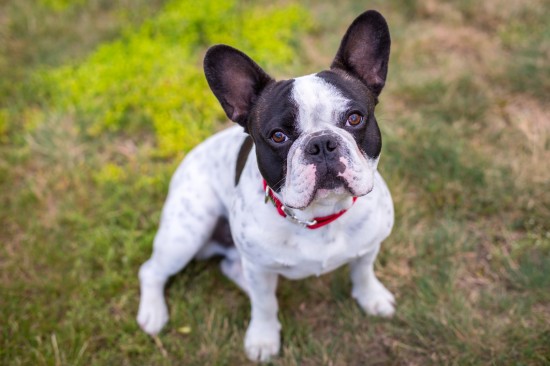 Owning A French Bulldog
Owning A French B
Owning A French Bulldog
Owning A French B
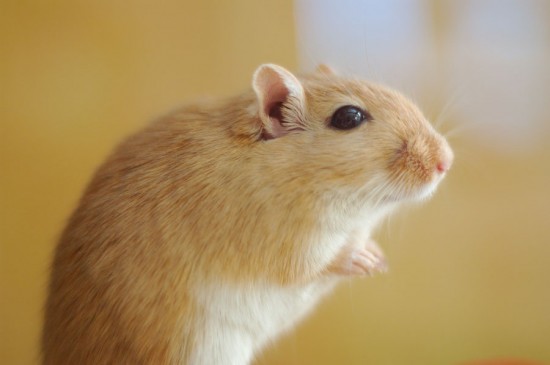 Top Tips For Gerbil Health
Top Tips For Gerb
Top Tips For Gerbil Health
Top Tips For Gerb
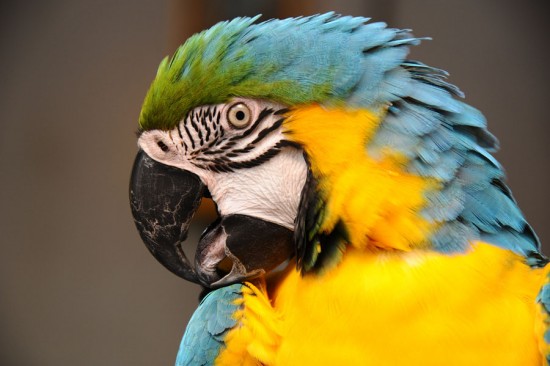 Keeping Birds - Common Conditions Of The Feathers And Skin
Keeping Birds - C
Keeping Birds - Common Conditions Of The Feathers And Skin
Keeping Birds - C
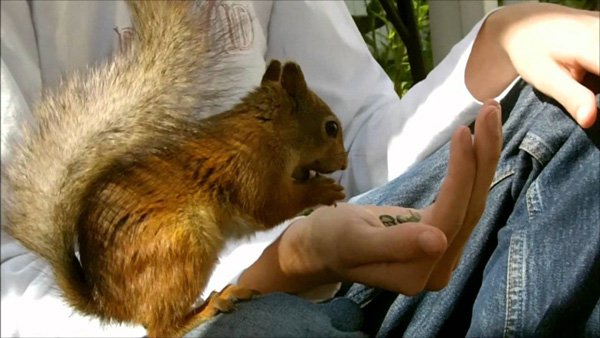 Dog Training Courses Provider
Dog Training Courses Provider
In case you have
Dog Training Courses Provider
Dog Training Courses Provider
In case you have
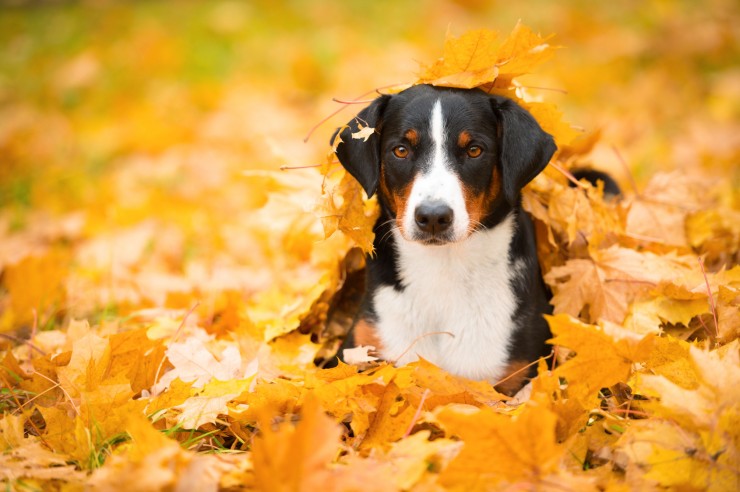 Seasonal Hazards In Autumn That Dog Owners Should Watch Out For
Seasonal Hazards
Seasonal Hazards In Autumn That Dog Owners Should Watch Out For
Seasonal Hazards
Copyright © 2005-2016 Pet Information All Rights Reserved
Contact us: www162date@outlook.com